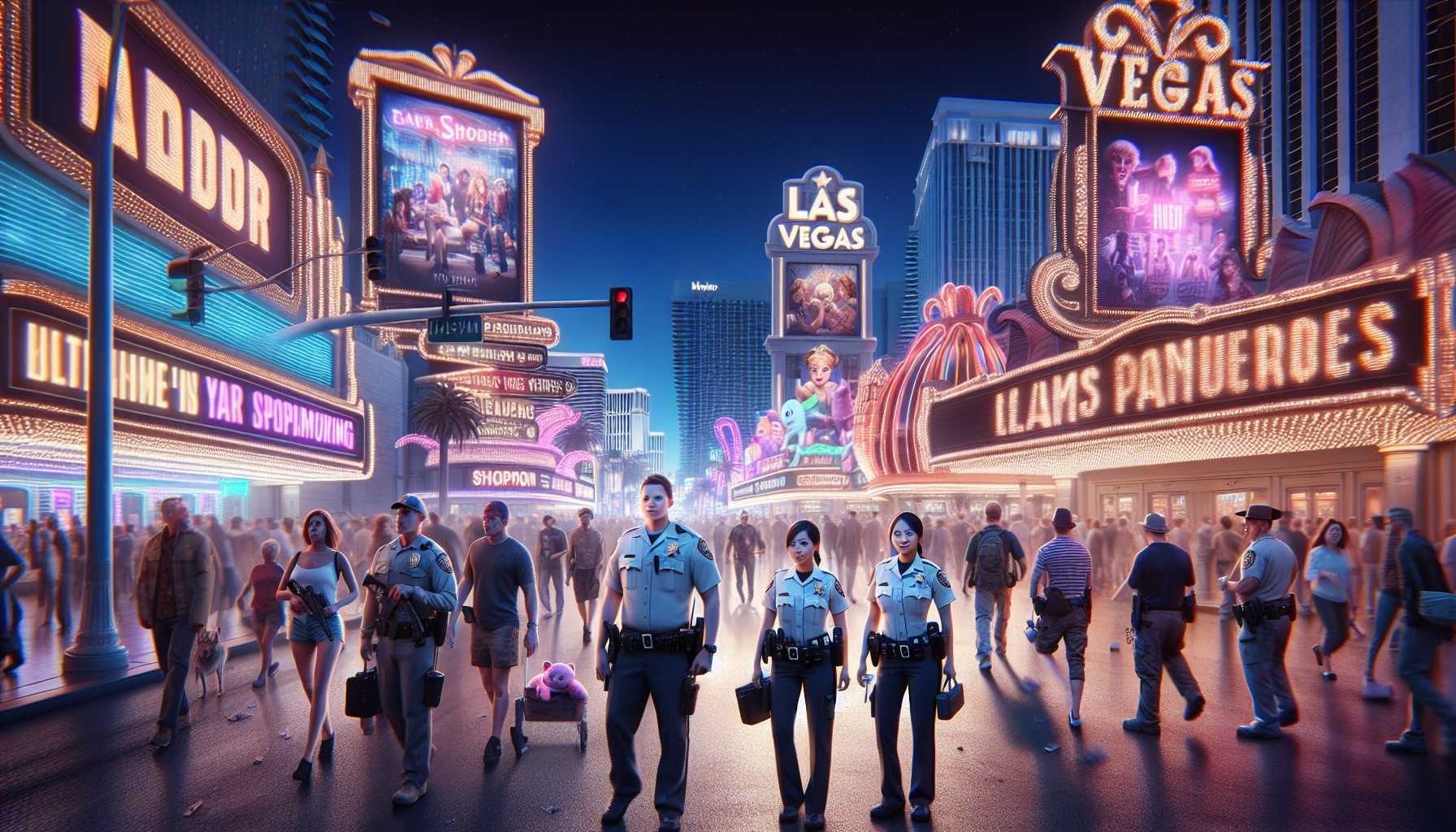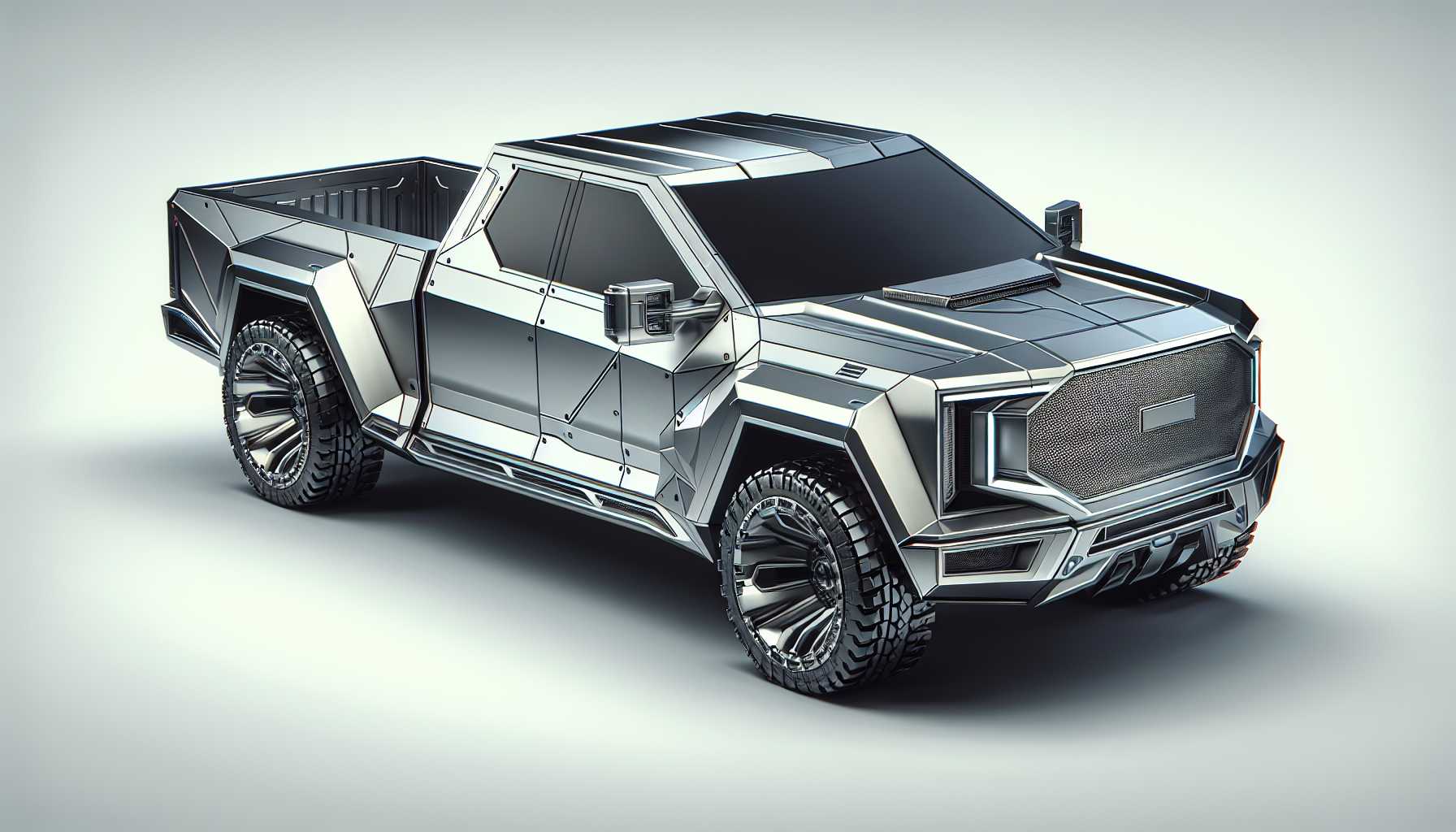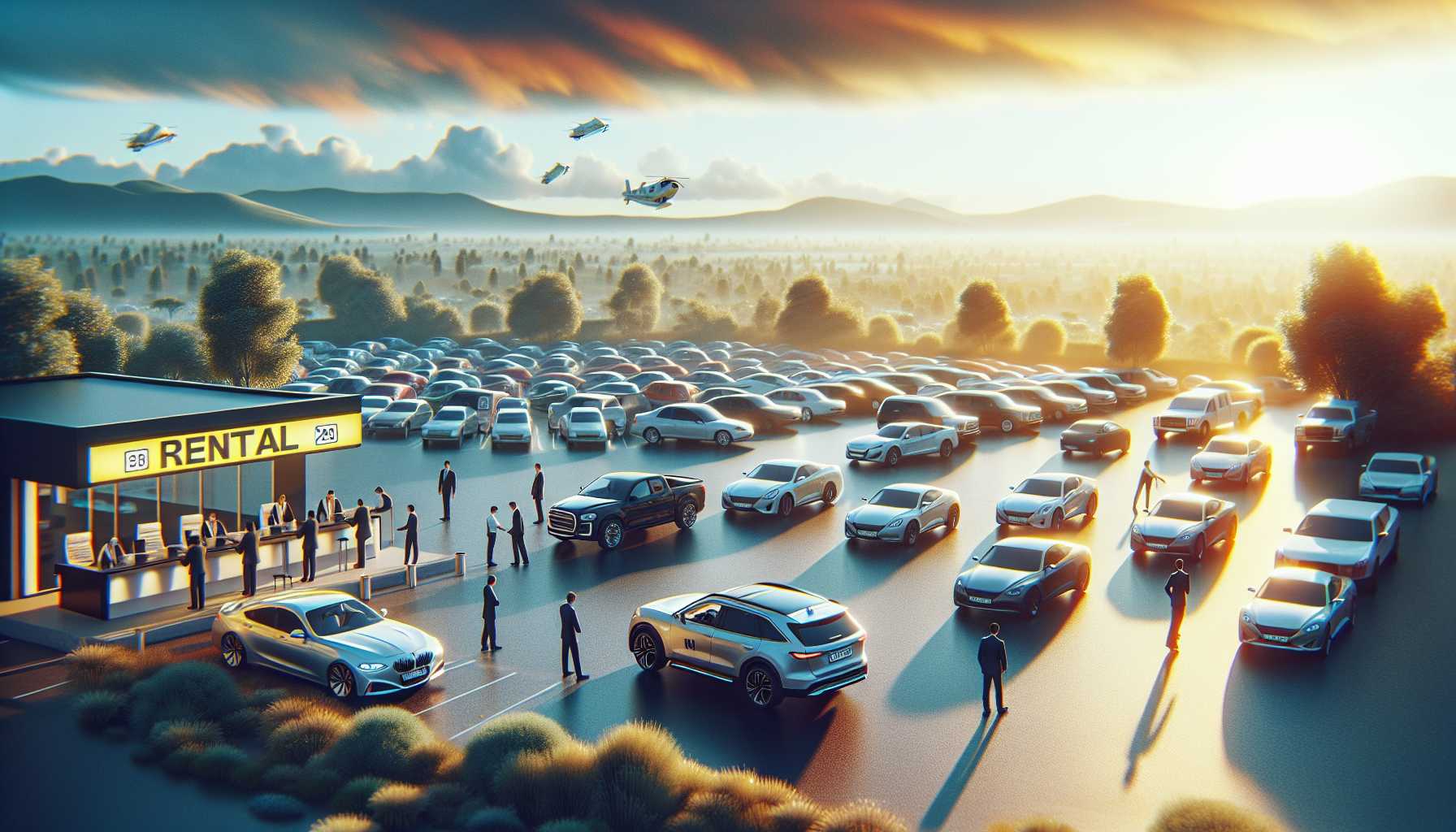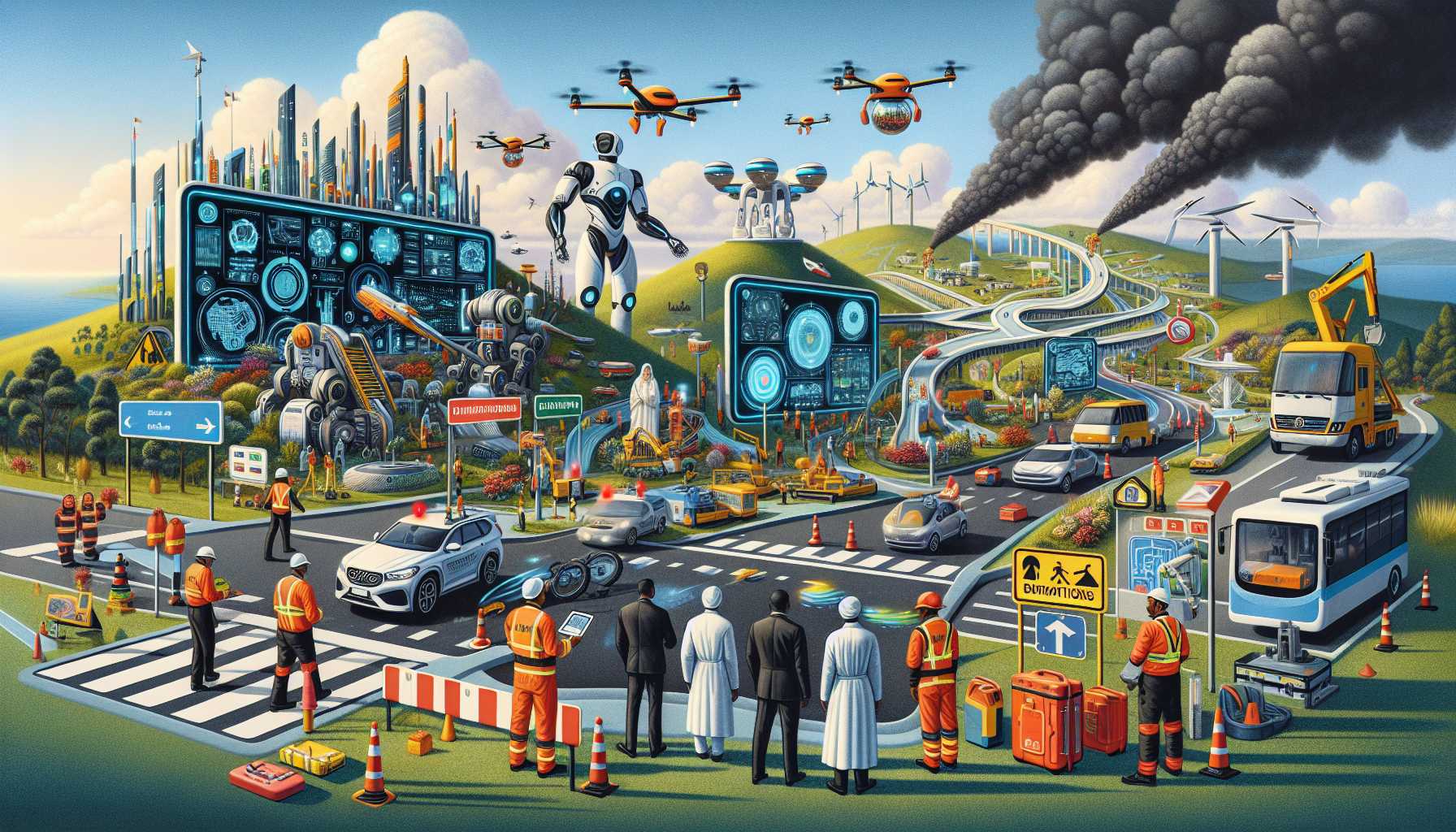The Scene Unfolds in Las Vegas
The Las Vegas Strip recently became the center of nationwide attention when a rented Tesla Cybertruck explosively erupted into flames near the Trump International Hotel, resulting in one fatality and several minor injuries. Immediately following the incident, the local authorities, including the Las Vegas Metropolitan Police Department, leaped into action. Sheriff Kevin McMahill provided the initial details during a media briefing, revealing the involvement of a peer-to-peer car-sharing platform, Turo, and hinting at a potentially more profound connection to events elsewhere. As a tech investor and enthusiast, it’s a stark reminder of the risks that accompany advancements in car rental technologies. Platforms like Turo give users unprecedented access to various vehicles, simplifying travel logistics. Yet, they underscore the need for robust security systems ensuring safety for both owners and renters.
The Cybertruck’s Unexpected Violent Transformation
The pivotal piece in this shocking occurrence is the Cybertruck itself, an avant-garde creation from the innovative minds at Tesla. Known for its robust and durable structure, designed to withstand even the harshest of impacts, the Cybertruck is a piece of technology that reflects Tesla’s forward-thinking ethos. However, this strength was botched, transforming into devastation when found laden with gasoline canisters and firework mortars. The perfect storm of technology meeting unpredictability turned the futuristic vehicle into a makeshift explosive device—a scenario that speculators, our tech community included, tend to overlook in our race to embrace the new. Tesla CEO Elon Musk responded fast and convincingly, extending full cooperation with authorities and ensuring that the vehicle’s telemetry systems were scrutinized. The data suggested no intrinsic fault within the Cybertruck, divorcing the calamity from any Tesla manufacturing error.
Community Safety and Law Enforcement’s Role
Across the spectrum of events, the coordination between Tesla’s team and Las Vegas law enforcement displays a paradigm of corporate responsibility and public safety prioritization. With current technologies enabling rapid information transfer, we saw an example of how tech-driven data responsiveness can assist law enforcement in real-time investigative processes. Law enforcement’s swift response, however, reflects the necessity for preemptive safety protocols, especially with the backdrop of similar incidents, like the New Orleans attack, compounding public fear. As we seamlessly integrate technologies into daily lives, the dialogue between tech companies and public safety organizations must progress towards enhanced predictive insight.
The Turo Connection and the Rental Platform Phenomenon
One intriguing element of this narrative is Turo’s intersection with both the Las Vegas and New Orleans incidents. Often labeled as the “Airbnb for cars,” Turo allows car owners to entrust their vehicles to strangers, which, while economically beneficial, can also introduce unforeseen variables of risk. The debate arises within our investor circles—are peer-to-peer rentals venturing into territories of unstable ground, or do they represent the burgeoning frontier of a sharing-based economy? In this instance, Turo’s role magnifies the critical nature of background checks and risk assessments, necessitating an evolutionary leap in trust and safety technologies. While Turo’s statement exuded confidence in their systems, the tech industry must constantly pursue innovation to ensure safety protocols evolve congruently with service demands.
Beyond a Simple Investigation
Finally, this explosive event, while isolated, has broader implications for the tech world. It captures the inherent tensions between technological innovation and public safety. As we advance, integrating products and services like self-driving cars, AI-backed rental systems, and encrypted communication technologies, the equilibrium rests within maintaining secure, trustworthy environments. Our community should perceive each situation as an opportunity to learn and fortify existing frameworks, striving towards not just innovative excellence but secure, reliable implementations. In conclusion, this incident is more than a simple mishap involving advanced vehicles; it is a clarion call for better safety in technology use. Future endeavors must ensure that as we push the boundaries, society’s backbone of protection and security grows even stronger, shielded not only by software updates but by a collective resolve to foster safety in synchrony with technological strides.





